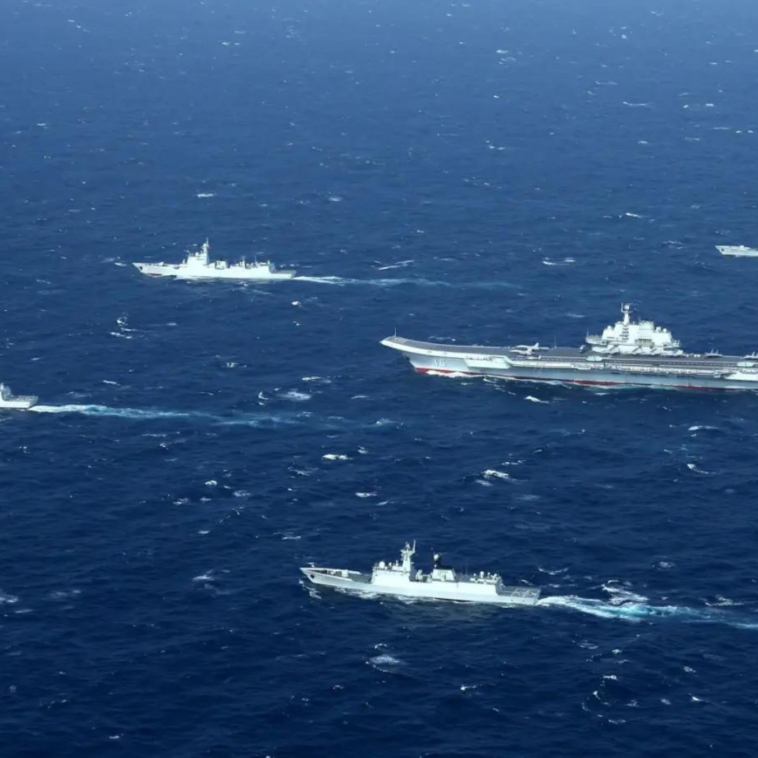China’s once-minimal military presence in the South China Sea has grown significantly during the last 15 years.
The strategically important waterway, which is rich in fisheries and oil, is a lifeline for global shipping and Beijing has claimed almost all of it. China has intimidated its neighbours, blocked their ships, and established Chinese military outposts on disputed islands by using nonmilitary resources including its Coast Guard, fishing boats, and marine militia.
Beijing has gained confidence from America’s unwillingness to take military action against it. To stop future escalation, the United States must strengthen its allies and retaliate against China’s actions in the South China Sea.
China has been acting more and more boldly in the area, as evidenced by its recent raid on a Philippine vessel close to Second Thomas Shoal.
Philippines President warned that Filipino deaths from foreign acts in the South China Sea could be considered an act of war
In the past, China has engaged in territorial disputes with Vietnam, the US, Australia, Japan, Taiwan, and other countries in the South China Sea and other nearby waters.
The Philippines lost control of the disputed Scarborough Shoal to China in 2012, and since then, there have been more and more run-ins between the two countries. The Philippines’ President Ferdinand Marcos Jr. issued a warning in late May, saying that any deaths of Filipinos resulting from a foreign force’s “wilful act” in the South China Sea would be “very close to what we define as an act of war.”
Over the past 15 years China strengthen its position on South China Sea
In the last 15 years, China has built military outposts with cutting-edge weaponry and air strips on contested islands. There is not enough defence at these bases from possible US assaults. These outposts are located in the South China Sea, which is half the size of the United States. They are far from China and present logistical difficulties for military operations. If a fight breaks out, China would have to travel great distances and carry out resupply missions—a burden it has never encountered before.
The Philippines could involve the U.S. through treaty obligations, granting the U.S. access to nine Philippine bases. This would strengthen the U.S.’ military presence in the region.
China has carrier-killer missiles, but U.S. carriers could still operate beyond their range, supported by Philippine land-based fighters. Despite China’s aircraft carrier efforts, U.S. nuclear carriers surpass them in number and capabilities.
China refrains from military escalation, preferring Coast Guard and civilian vessels in disputes. China’s intimidation tactics have expanded its power in the South China Sea. The U.S. should exploit its military advantage by supporting the Philippines and allies, deterring China’s intimidation.
USA should act before China stops fearing war
Manila’s role is crucial in U.S.-China competition. Strengthening the U.S.-Philippines alliance for more bases could aid in defending against Chinese threats.
Better relations may facilitate Taiwan’s resupply from Philippine bases and improve military cooperation in the region. China might adjust behavior if it risks conflict with the U.S. Beijing’s military escalation is possible but not likely due to its doctrine.
The U.S. faces unattractive options with China. If not assertive, China will grow its dominance in the South China Sea unchecked. The U.S. must act promptly to restore a balanced power dynamic.




GIPHY App Key not set. Please check settings